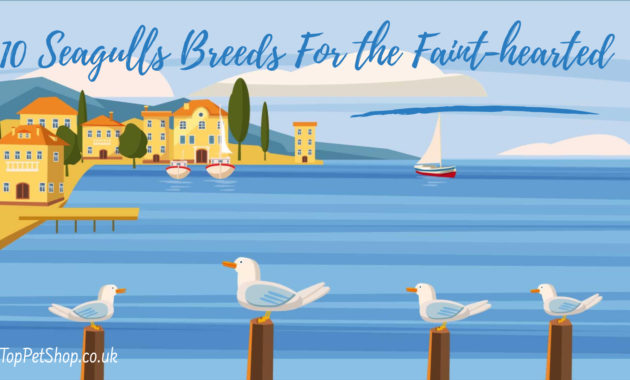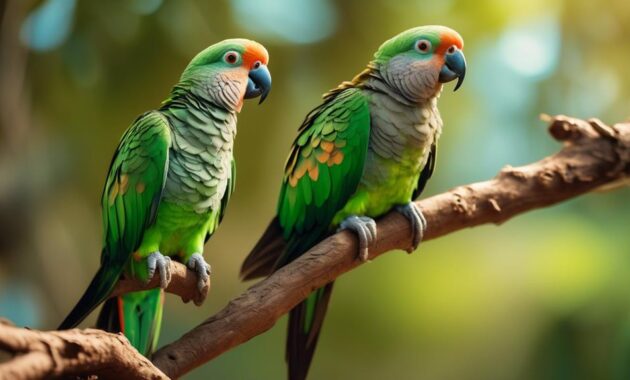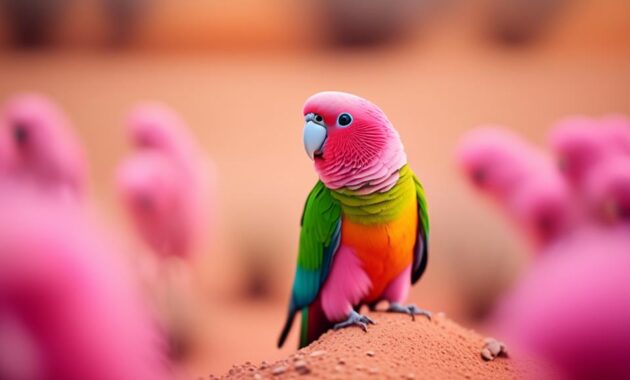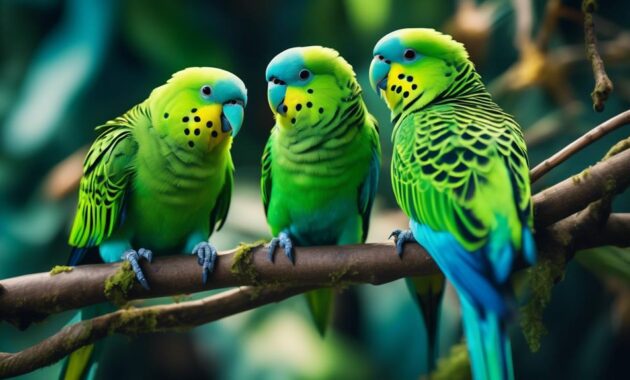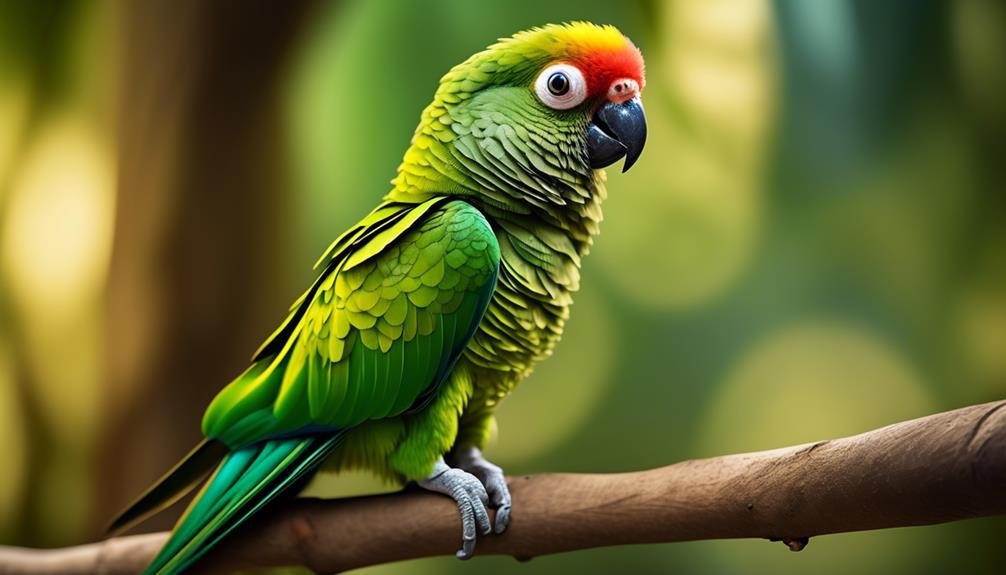
Are you ready to meet a colorful companion that will brighten up your life? Look no further than the Green Cheeked Conure.
With its vibrant green feathers, blue head, and red patches, this small bird is a sight to behold.
But there’s more to this charismatic conure than just its stunning appearance. It has a charming personality and playful behavior that will captivate you.
So, what makes this bird truly special? Let’s dive into the world of the Green Cheeked Conure and uncover the secrets that make it the perfect feathered friend.
Key Takeaways
- Green Cheeked Conures are small-sized birds with a lifespan of 10-30 years.
- They are native to the humid and tropical forests of South America, specifically Brazil, Paraguay, Argentina, and Bolivia.
- Green Cheeked Conures have a green base color with additional hues and patterns, including a blue head with a white collar, red patches on the belly, blue wing tips, and deep red tail feathers.
- These birds require a natural diet of seeds, fruits, tree blossoms, and agricultural products, along with regular baths, fresh drinking water, and attention to thrive in captivity.
Physical Characteristics
Green Cheeked Conures are small-sized birds with vibrant colors and distinctive physical features. These little birds measure about 10 inches in size and can live for 10 to 30 years. They belong to the Conure family and are known for their green feathers, which can have additional hues and patterns.
Their heads are blue with a white collar, and they’ve red patches on their bellies. The wing tips are a prominent blue, while the tail feathers are a deep red. Green Cheeked Conures have a frail nature and both males and females look identical, making it difficult to distinguish between them.
Unisex names are recommended for them.
Natural Habitat and Distribution
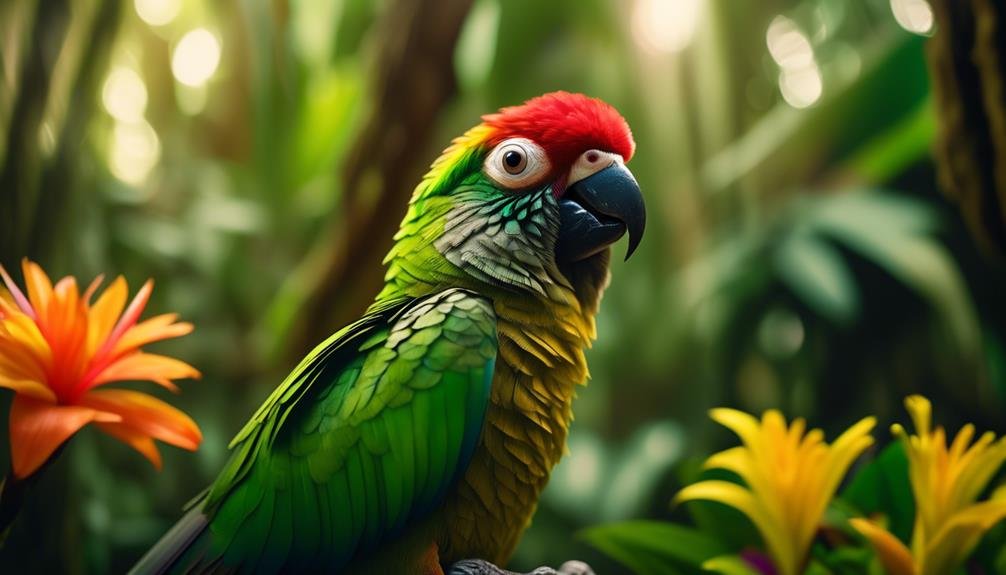
The natural habitat and distribution of the Green Cheeked Conure spans the humid and tropical forests of South America, specifically in regions such as Brazil, Paraguay, Argentina, and Bolivia.
In this environment, Green Cheeked Conures exhibit certain behaviors and characteristics that are specific to their habitat and distribution:
- Flocking behavior: Green Cheeked Conures are known to form flocks of up to 20 birds, which helps them navigate their forested surroundings more efficiently.
- Nesting: They build their nests in the tree canopies, close to a fresh water source. This allows them to have easy access to water for drinking and bathing.
- Rising popularity as pets: Due to their vibrant colors, playful nature, and adaptability, Green Cheeked Conures have gained popularity as pets worldwide.
These aspects of their natural habitat and distribution contribute to the overall understanding and appreciation of the Green Cheeked Conure’s unique characteristics and suitability as a pet.
Vocalizations and Communication
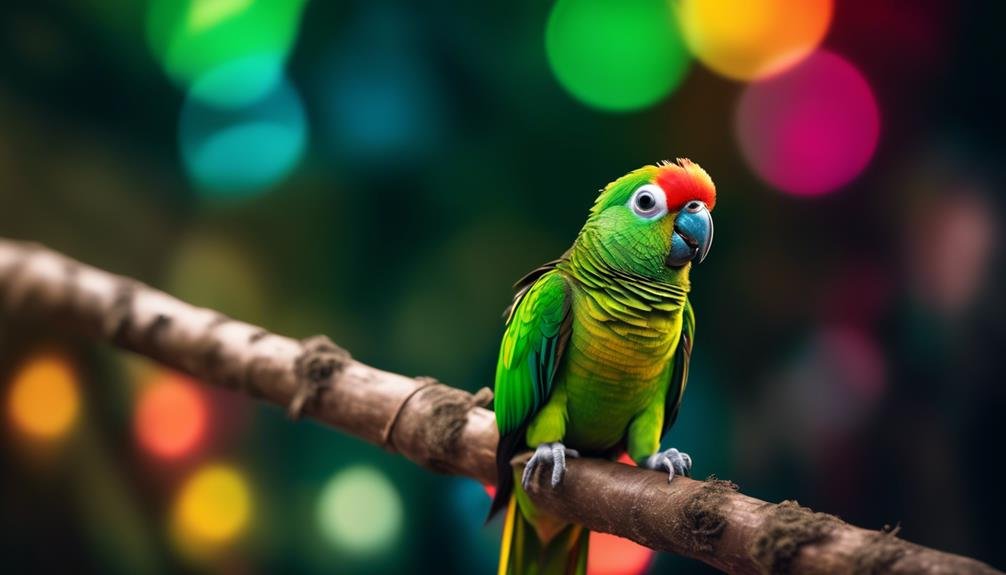
When it comes to vocalizations and communication, Green Cheeked Conures display a range of unique sounds and behaviors. They may not be the loudest in the conure family, but they certainly know how to make themselves heard. Here are some of the vocalizations and communication behaviors you can expect from your Green Cheeked Conure:
| Sound/Behavior | Meaning |
|---|---|
| High-pitched chirp | Natural call to communicate and express emotions |
| Soft chattering | Contentment and relaxation |
| Whistling | Attention-seeking or trying to mimic sounds |
| Clicking or grinding beak | Sign of happiness or contentment |
| Purring or growling | Indicates affection or territorial behavior |
Understanding these vocalizations and behaviors can help you better communicate with your Green Cheeked Conure and strengthen your bond. Remember to pay attention to their body language as well, as it can provide additional clues about their feelings and needs.
Stunning Colors and Markings
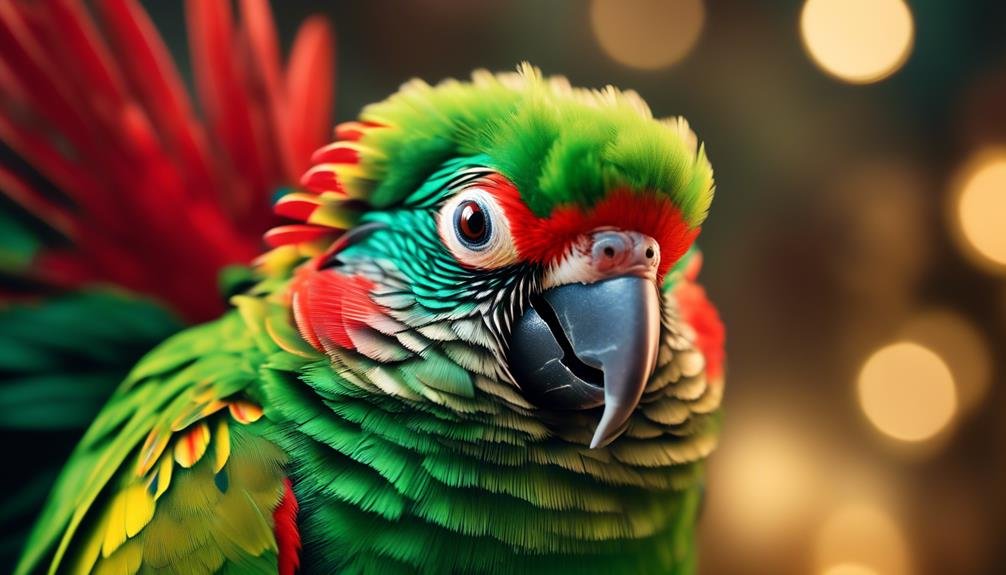
With their vibrant hues and intricate patterns, Green Cheeked Conures are truly a sight to behold. These stunning birds boast a variety of colors and markings that make them stand out among their feathered friends.
Here are some of the remarkable features that make Green Cheeked Conures so visually appealing:
- Base color: Green
- Blue head with a white collar
- Red patches on the belly
- Prominent blue wing tips
- Deep red tail feathers
These combinations of colors create a striking contrast that catches the eye. The mix of green, blue, and red gives the Green Cheeked Conure a unique and captivating appearance. Whether they’re perched on a branch or in flight, their colors and markings make them a true delight to observe.
Proper Care and Health Tips
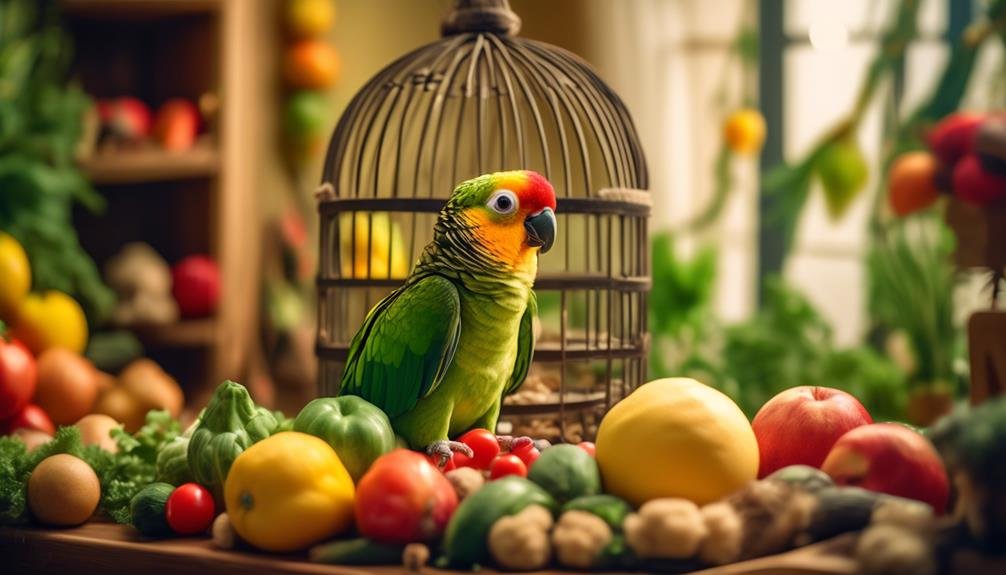
To properly care for your Green Cheeked Conure and ensure its health, it’s important to follow these essential tips.
- Provide a natural diet consisting of seeds, fruits, tree blossoms, and agricultural products, along with a commercial seed mix for conures.
- Supplement their diet with fresh fruits and vegetables to provide essential vitamins and proteins.
- Regularly bathe your conure for hygiene and provide fresh drinking water, as well as regular food replacement.
Keep in mind that Green Cheeked Conures are hardy and adaptable, but they’re vulnerable to cold temperatures and neglect.
- They require sunlight, free space, and attention.
Charming Personality and Behavior
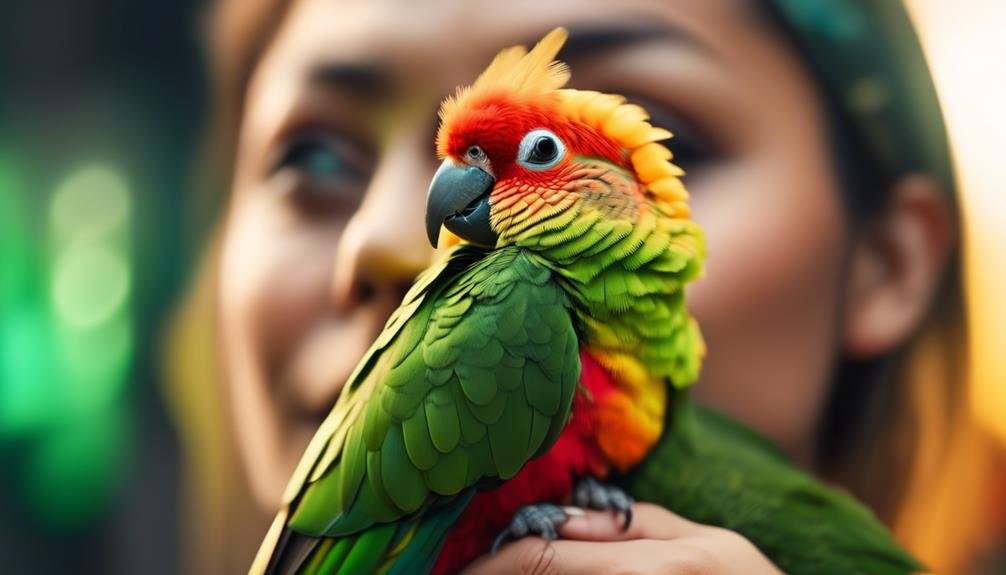
Green Cheeked Conures have a charming personality and behavior that will captivate you from the moment you meet them. Here are some reasons why they’re so lovable:
- Affectionate and Cuddly: Green Cheeked Conures love to snuggle and be close to their owners. They enjoy being petted and will often seek out attention and affection.
- Playful and Silly: These birds have high energy levels and love to play. They’ll entertain you with their acrobatic antics and funny behaviors. From hanging upside down to shredding toys, they’re always finding ways to have fun.
- Intelligent and Curious: Green Cheeked Conures are highly intelligent and love to explore their surroundings. They’re curious birds and enjoy solving puzzles and learning new tricks.
Popular as a Pet
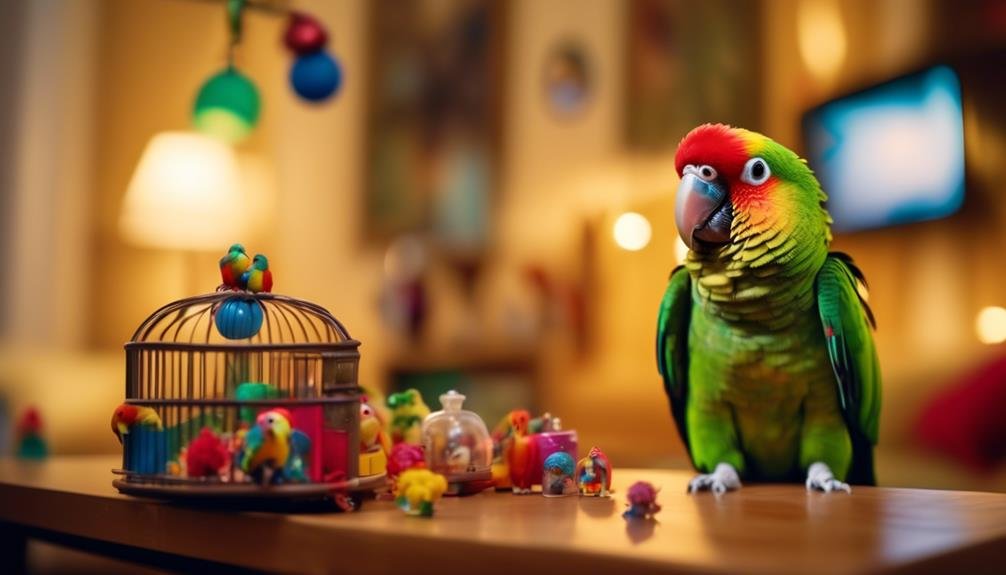
From their affectionate and playful nature, it’s no wonder that Green Cheeked Conures are highly popular as pets. These charming birds have captured the hearts of many bird lovers with their lovable and easy-to-care-for personalities.
Their high energy and intelligence make them a joy to interact with, as they’re always up for playtime and can even learn a few tricks. Green Cheeked Conures are known to be cuddly and affectionate, often seeking out attention and forming strong bonds with their owners.
They also have a silly and playful side, enjoying hiding beneath objects and engaging in entertaining antics. With their delightful personalities, it’s no surprise that Green Cheeked Conures have become a popular choice for pet bird enthusiasts.
Frequently Asked Questions
How Can I Tell the Difference Between a Male and Female Green Cheeked Conure?
To tell the difference between a male and female green cheeked conure, look for DNA testing or check their behavior during breeding season. Males usually display more aggressive behavior and may engage in courtship rituals.
Are Green Cheeked Conures Easy to Train?
Yes, Green Cheeked Conures are easy to train. They are intelligent and eager to learn. With consistent, positive reinforcement and patience, you can teach them tricks, commands, and even some words.
Do Green Cheeked Conures Require a Lot of Attention and Socialization?
Yes, green cheeked conures require a lot of attention and socialization. They are highly social birds and thrive on human interaction. Regular handling, playtime, and socialization are essential for their well-being and happiness.
Can Green Cheeked Conures Be Kept in Pairs or Do They Need to Be Housed Alone?
Green Cheeked Conures can be kept in pairs or housed alone, depending on their individual personalities. Some enjoy the company of another conure, while others prefer to be the only bird in the household.
Are Green Cheeked Conures Prone to Any Specific Health Issues?
Green Cheeked Conures may be prone to health issues like respiratory infections, feather plucking, and vitamin deficiencies. Regular vet check-ups, a balanced diet, and a clean living environment can help prevent these problems.
Are Green Cheeked Conures also at risk of becoming endangered like Pearly Conures?
Yes, Green Cheeked Conures are also at risk of becoming endangered like Pearly Conures in the rainforest. The destruction of their natural habitat and illegal wildlife trade are primary causes. Conservation efforts are crucial to protect these beautiful birds and ensure their survival in the wild.
Conclusion
So, if you’re looking for a small but vibrant companion that will bring joy and laughter into your life, look no further than the Green Cheeked Conure.
With its stunning colors, charismatic personality, and playful behavior, it’s no wonder these birds are rising in popularity as pets.
Whether you live in an apartment or a spacious home, the Green Cheeked Conure is the perfect feathered companion.
Get ready to embark on a journey into the world of these captivating birds and discover why they make such lovable pets.

